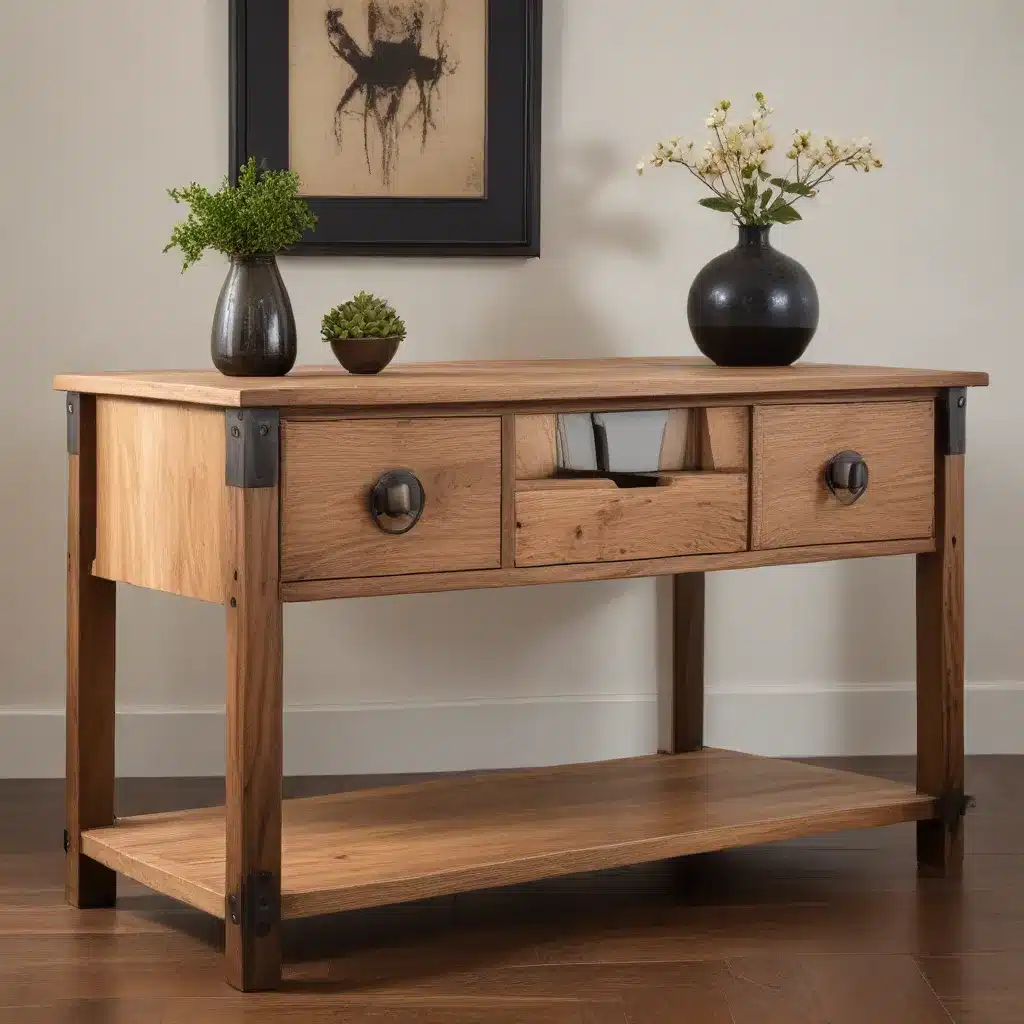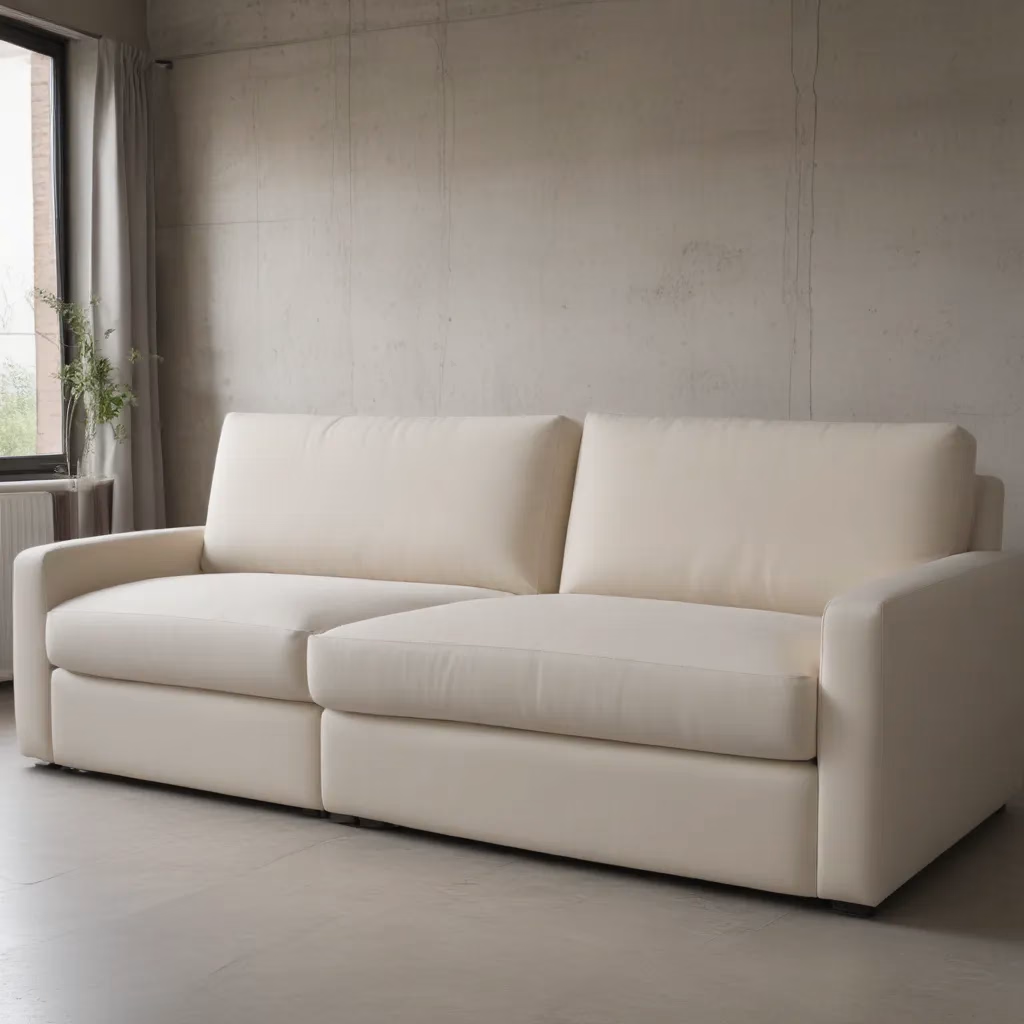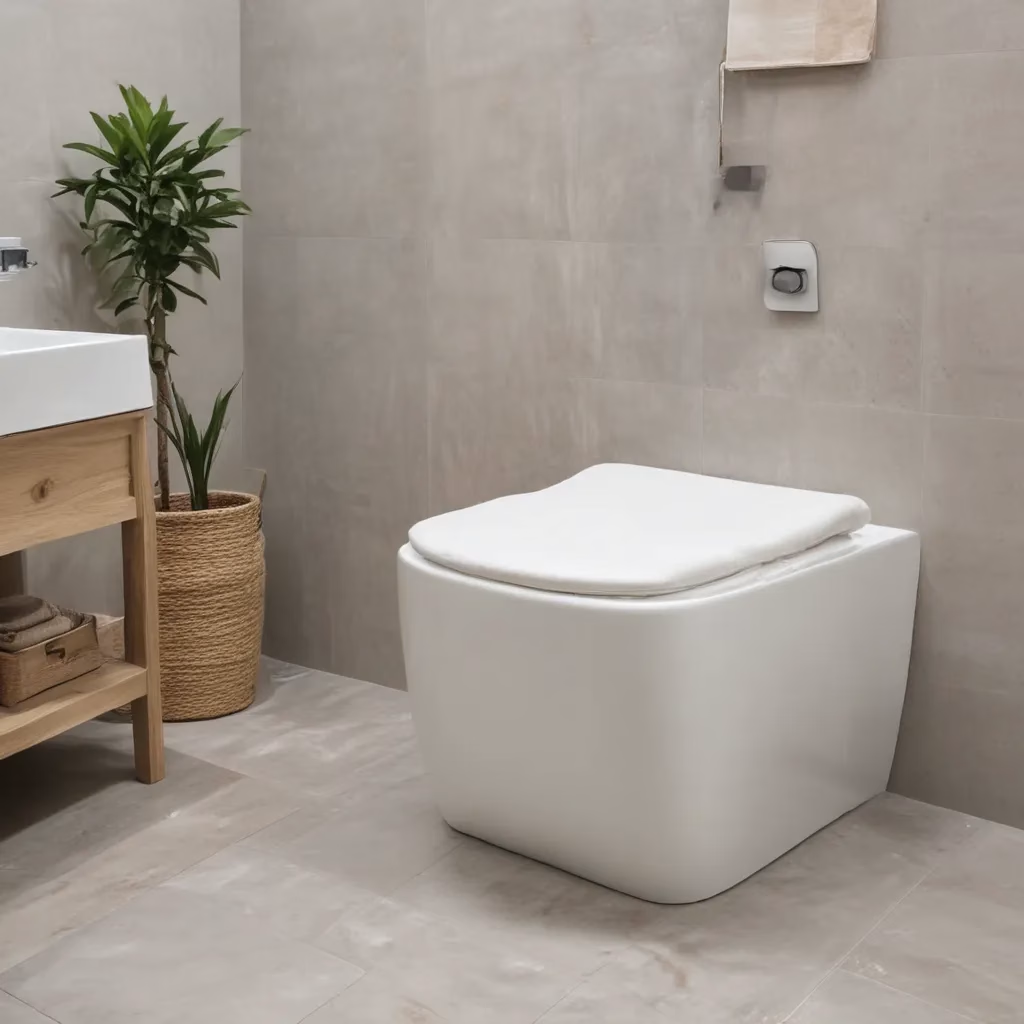
The Resurgence of Handcrafted Furniture in UK Homes
In recent years, the UK has seen a notable shift towards handmade furniture and accents in home decor. This trend reflects a growing appreciation for craftsmanship and unique pieces that add character to living spaces. Homeowners are increasingly seeking out furniture that tells a story and brings a personal touch to their interiors.
The appeal of handcrafted furniture lies in its individuality. Each piece is created with care, often featuring subtle variations that make it one-of-a-kind. This uniqueness is particularly valued in an era where mass-produced items are readily available. Handmade furniture offers a way to break away from the uniformity of factory-made pieces and introduce elements that reflect personal style and taste.
Moreover, the resurgence of handcrafted furniture aligns with a broader movement towards sustainability and ethical consumption. Many consumers are becoming more conscious of the environmental impact of their purchases and are opting for locally made, durable items over disposable alternatives. Handmade furniture often uses traditional techniques and natural materials, appealing to those who prioritize eco-friendly options in their home decor choices.
Understanding the Value of Artisanal Furniture
Artisanal furniture represents more than just a decorative choice; it’s an investment in quality and craftsmanship. The value of these pieces extends beyond their aesthetic appeal, encompassing factors such as durability, originality, and the skill involved in their creation.
One of the primary advantages of artisanal furniture is its longevity. Handcrafted pieces are typically made with superior materials and techniques, resulting in furniture that can withstand years of use. This durability stands in contrast to mass-produced items that may need replacement after a short period, making handmade furniture a cost-effective choice in the long run.
The attention to detail in artisanal furniture is another aspect that adds to its value. Craftspeople often spend hours perfecting each piece, ensuring that every joint is secure, every surface is smooth, and every finish is flawless. This level of care results in furniture that not only looks beautiful but also functions exceptionally well.
Incorporating Handmade Accents into Your Home
Integrating handmade furniture accents into your home doesn’t necessarily mean overhauling your entire decor. Even small, carefully chosen pieces can make a significant impact on the overall feel of a room. Here are some ways to incorporate artisanal elements:
-
Statement Pieces: Consider adding a handcrafted coffee table or bookshelf as a focal point in your living room. These larger items can serve as conversation starters and showcase the beauty of handmade furniture.
-
Soft Furnishings: Handwoven throws, cushions, or rugs can add texture and warmth to a space. These smaller items allow you to introduce handmade elements without committing to larger furniture pieces.
-
Lighting Fixtures: Artisanal lamps or pendant lights can dramatically change the ambiance of a room while highlighting the skill of the craftsperson.
-
Wooden Accents: Small wooden items like bowls, picture frames, or side tables can bring a touch of natural warmth and craftsmanship to any room.
-
Wall Art: Handmade wall hangings, tapestries, or wooden sculptures can add visual interest and showcase artisanal skills in a prominent way.
By carefully selecting these handmade accents, you can create a home that feels both personal and curated, reflecting your appreciation for craftsmanship and unique design.
Popular Materials in Handcrafted Furniture
The choice of materials plays a crucial role in the appeal and quality of handcrafted furniture. Here’s a look at some of the most popular materials used in artisanal pieces, along with their characteristics:
| Material | Characteristics | Best Used For |
|---|---|---|
| Solid Wood | Durable, natural beauty, ages well | Tables, chairs, cabinets |
| Leather | Luxurious, improves with age, versatile | Sofas, armchairs, ottomans |
| Wool | Soft, warm, naturally stain-resistant | Rugs, throws, upholstery |
| Ceramic | Versatile, can be glazed for various finishes | Vases, lamps, decorative objects |
| Metal | Strong, modern aesthetic, long-lasting | Lighting fixtures, furniture frames |
| Glass | Elegant, allows light to pass through, adds sparkle | Tables, shelving, decorative items |
Each of these materials brings its own unique qualities to handcrafted furniture, allowing for a wide range of styles and functions. The choice of material often reflects both the intended use of the piece and the aesthetic preferences of the homeowner.
The Crafting Process: From Raw Material to Finished Piece
Understanding the process behind handcrafted furniture can deepen one’s appreciation for these artisanal pieces. The journey from raw material to finished product involves several stages, each requiring skill, patience, and attention to detail.
The process typically begins with the selection of materials. Craftspeople often source their materials locally, choosing the highest quality woods, fabrics, or metals for their projects. This careful selection ensures that the final piece will be both beautiful and durable.
Next comes the design phase. While some artisans work from established patterns, many create custom designs for each piece. This stage may involve sketching, creating prototypes, or using computer-aided design tools to refine the concept.
The actual construction of the piece is where the craftsperson’s skill truly shines. For wooden furniture, this might involve carefully cutting and joining pieces, sanding surfaces to a smooth finish, and applying protective coatings. Upholstered items require precise cutting and stitching of fabrics, as well as expert padding and stuffing techniques.
Throughout the process, there’s a constant focus on quality control. Artisans check their work at each stage, making adjustments as needed to ensure the final product meets their high standards. This attention to detail is one of the hallmarks of handcrafted furniture and a key reason for its enduring appeal.
Choosing the Right Handmade Pieces for Your Home
Selecting handmade furniture and accents for your home requires careful consideration. Here are some factors to keep in mind:
-
Style Compatibility: Choose pieces that complement your existing decor. While contrast can be interesting, you want your handmade items to enhance your overall aesthetic, not clash with it.
-
Functionality: Consider how you’ll use the piece. A beautiful handcrafted table should also meet your practical needs in terms of size, height, and durability.
-
Quality of Craftsmanship: Look for signs of good workmanship, such as smooth finishes, sturdy construction, and attention to detail in joints and seams.
-
Material Suitability: Select materials that suit your lifestyle. For example, if you have children or pets, you might prefer more durable, easy-to-clean materials.
-
Provenance: If possible, learn about the artisan or workshop that created the piece. Understanding the story behind the furniture can add to its meaning and value.
-
Budget: Handmade furniture is often more expensive than mass-produced alternatives. Set a realistic budget, remembering that you’re investing in a unique, high-quality piece.
-
Maintenance Requirements: Consider the care needed to keep the piece looking its best. Some materials and finishes may require special cleaning or periodic treatment.
By taking these factors into account, you can choose handmade pieces that not only look beautiful in your home but also serve your needs effectively for years to come.
The Environmental Impact of Choosing Handmade
One of the compelling reasons for the growing popularity of handmade furniture is its potential for reduced environmental impact. When compared to mass-produced furniture, artisanal pieces often have a smaller carbon footprint and contribute to more sustainable consumption practices.
Handmade furniture typically involves less energy-intensive production methods. Artisans often use traditional techniques that rely more on manual skill than on power tools, reducing energy consumption. Additionally, many craftspeople work locally, which minimizes transportation costs and associated emissions.
The materials used in handcrafted furniture also tend to be more environmentally friendly. Many artisans prioritize sustainably sourced woods, natural fabrics, and non-toxic finishes. This approach not only reduces the environmental impact of the furniture but also creates healthier living spaces for consumers.
Furthermore, the durability of handmade furniture contributes to sustainability. Well-crafted pieces can last for generations, reducing the need for frequent replacements and the associated waste. This longevity stands in stark contrast to cheaper, mass-produced furniture that may end up in landfills after just a few years of use.
Caring for Your Handmade Furniture
To ensure that your handcrafted furniture remains beautiful and functional for years to come, proper care is essential. Here are some tips for maintaining different types of handmade pieces:
For wooden furniture:
– Dust regularly with a soft, dry cloth
– Avoid placing items directly on wood surfaces; use coasters and placemats
– Keep away from direct sunlight and heat sources to prevent warping or fading
– Apply furniture polish or oil periodically, following the artisan’s recommendations
For upholstered items:
– Vacuum regularly to remove dust and debris
– Address spills immediately to prevent staining
– Consider professional cleaning for deep stains or general maintenance
– Rotate cushions regularly to ensure even wear
For metal accents:
– Dust with a soft cloth
– Use appropriate metal cleaners for specific finishes (e.g., brass, copper, stainless steel)
– Apply a protective coating as recommended by the craftsperson
For ceramics and glass:
– Handle with care to avoid chips or cracks
– Clean with mild soap and water, avoiding abrasive cleaners
– Use felt pads on the bottom of ceramic pieces to prevent scratching surfaces
By following these care instructions, you can help preserve the beauty and integrity of your handmade furniture, ensuring that it continues to enhance your home for years to come.
The Future of Handmade Furniture in UK Homes
As we look towards the future, the trend of incorporating handmade furniture and accents in UK homes shows no signs of slowing down. If anything, it’s likely to gain even more traction as consumers become increasingly conscious of the quality and origin of their home furnishings.
Several factors contribute to this ongoing trend:
-
Customization: The desire for personalized living spaces is growing. Handmade furniture offers the opportunity for customization, allowing homeowners to have pieces that perfectly fit their space and style.
-
Sustainability: As environmental concerns continue to shape consumer behavior, the eco-friendly aspects of handmade furniture will likely become even more appealing.
-
Quality Over Quantity: There’s a shift towards investing in fewer, higher-quality items rather than frequently replacing cheaper alternatives. This mindset aligns perfectly with the ethos of handcrafted furniture.
-
Supporting Local Artisans: There’s increasing interest in supporting local economies and preserving traditional crafts. This sentiment is likely to drive continued support for local furniture makers and artisans.
-
Unique Aesthetics: As homes become increasingly curated spaces, the unique character of handmade pieces will continue to be valued for its ability to create distinctive interiors.
As this trend evolves, we may see new innovations in handmade furniture. This could include the integration of technology into traditional crafting techniques or the use of new, sustainable materials. However, the core values of quality, craftsmanship, and individuality are likely to remain at the heart of the handmade furniture movement.
Conclusion: The Timeless Appeal of Handcrafted Furniture
In a world increasingly dominated by mass production and standardization, handmade furniture and accents offer a refreshing alternative. They bring a sense of authenticity, craftsmanship, and personal connection to our living spaces that can’t be replicated by factory-made items.
The resurgence of interest in handcrafted furniture in the UK reflects a broader shift in consumer values. People are seeking out products that not only look good but also align with their ethical and environmental principles. Handmade furniture, with its emphasis on quality, durability, and often sustainable practices, meets these evolving consumer needs.
Moreover, the unique character of handcrafted pieces allows homeowners to create truly personal and distinctive interiors. Whether it’s a statement sofa, a handwoven rug, or a carefully crafted wooden table, these items add depth and interest to a room in a way that mass-produced furniture simply can’t match.
As we’ve explored in this article, incorporating handmade elements into your home doesn’t have to be an all-or-nothing proposition. Even small accents can make a significant impact, allowing you to gradually build a collection of artisanal pieces that reflect your style and values.
Ultimately, the choice to include handmade furniture in your home is about more than just aesthetics. It’s a decision to surround yourself with objects that have history, character, and meaning. It’s an investment in quality and craftsmanship, and a way to create a home that truly reflects who you are.
For those interested in exploring high-quality furniture options, including both handcrafted and carefully selected pieces, Sofa Spectacular offers a wide range of choices to suit various styles and preferences. Their collection includes sofas and other furniture items that combine comfort, style, and quality craftsmanship.
As we move forward, the appreciation for handmade furniture and accents is likely to continue growing. In a fast-paced, digital world, these tangible, lovingly crafted pieces offer a connection to tradition, skill, and human creativity that many find increasingly valuable. By choosing handmade, we not only enhance our living spaces but also support a more sustainable and thoughtful approach to furnishing our homes.



